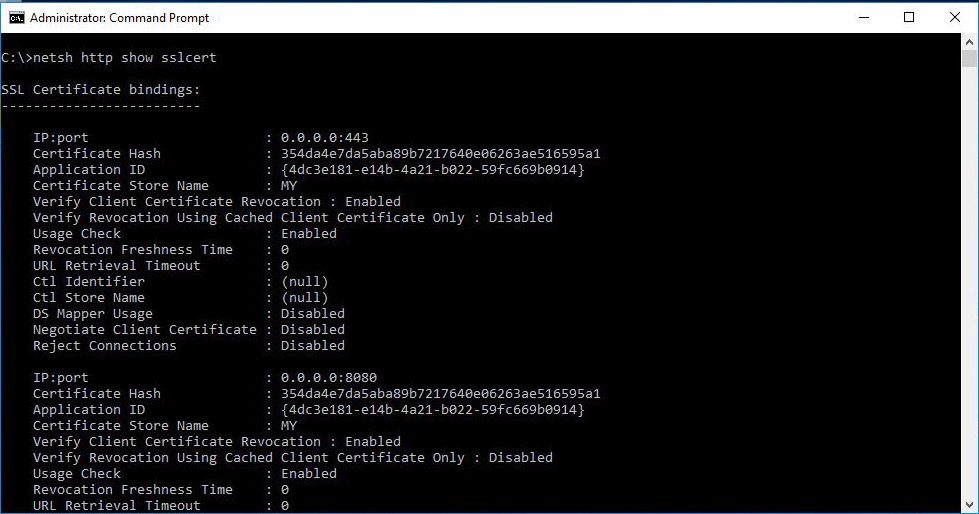Update Management using OMS
Writing your own queries for OMS is great, it gives you the flexibility to get the data in the exact form you want it and full control over the data to return, not to mention the ability to create an alert using the very same query.
There are however solutions that can be added to your workspace that already have logic and display reports in form of charts or lists. Adding a solution is a matter of seconds, although may of them require and automation account (that's pretty straight forward, don't worry!). You just have to browse the solution gallery from the OMS portal and hit the add button.
The first solution I've added to my workspace was Update Management. This solution provides statistics about the update status of your Windows and Linux computers.
The first two charts display information about the Windows and Linux computers that have been assessed:
The information here is scoped to the computer level as opposed to the next two that show statistics about the updates missing from the computers in total:
Apart from the graphs in this solution, you can create your own queries. For example, the below query returns the list of computers that have at least two pending security or critical updates:
An alert created using the above query will have you notified when computers are missing updates.
If your computers are not being managed using System Center Configuration Manager, you can create update deployments according to your plans and have OMS update the computers.
Related articles
Introduction to Azure Advanced Analytics
Configuring Log and Performance Counter collection on the OMS Workspace
Install and Configure the OMS Windows Agent
Verify the Agent Connectivity to OMS Workspace
Deploying the OMS Windows Agent using DSC
Querying OMS for Performance Data
Querying OMS for Events
Collecting IIS Log Files
Install and Configure the OMS Linux Agent
Syslog Message Collection for OMS from sources that do not support the agent
Generating Alerts from OMS
Update Management using OMS
Monitoring Active Directory Health using OMS
Assessing Security using OMS
Monitoring Microsoft SQL using OMS
Monitoring Azure Activity Log using OMS
Introduction to Azure Advanced Analytics
Configuring Log and Performance Counter collection on the OMS Workspace
Install and Configure the OMS Windows Agent
Verify the Agent Connectivity to OMS Workspace
Deploying the OMS Windows Agent using DSC
Querying OMS for Performance Data
Querying OMS for Events
Collecting IIS Log Files
Install and Configure the OMS Linux Agent
Syslog Message Collection for OMS from sources that do not support the agent
Generating Alerts from OMS
Update Management using OMS
Monitoring Active Directory Health using OMS
Assessing Security using OMS
Monitoring Microsoft SQL using OMS
Monitoring Azure Activity Log using OMS




